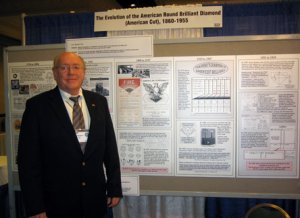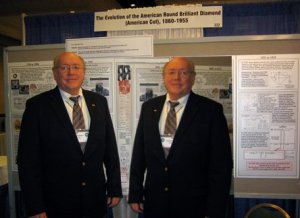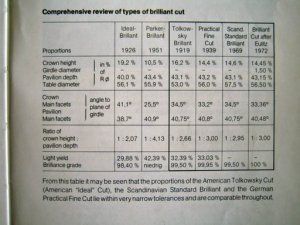I was reading my antique rag and read a blurb about the NAJA Conference in Tucson. Our own estemed Dave Atlas is presenting "Ethics - A Responsiblity" - would love to hear a synopsis.
But, this topic caught my eye.
"Disposing of a Myth - the Evolution of the American Round Brilliant (a.k.a. American Cut and Ideal Cut, 1860-1955"
What myth is being disposed off?
But, this topic caught my eye.
"Disposing of a Myth - the Evolution of the American Round Brilliant (a.k.a. American Cut and Ideal Cut, 1860-1955"
What myth is being disposed off?













300x240.png)